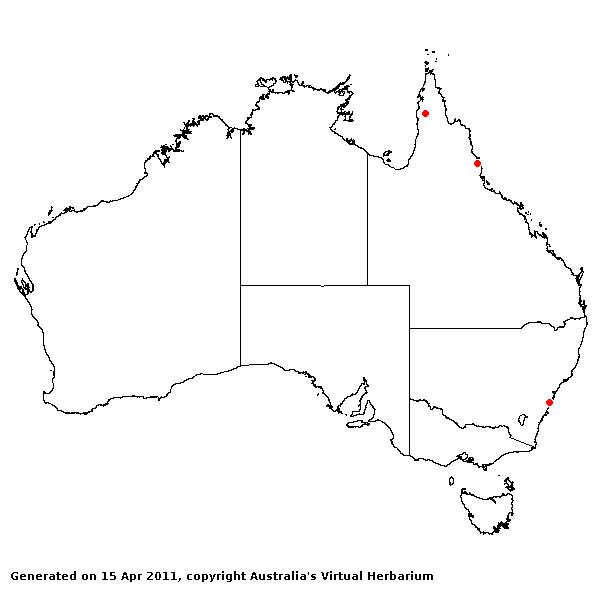Echinochloa picta (Koen.) P.W. Michael. Philip. J. Weed Sci. 5: 18 (1978).
Classification. (GPWG 2001) : Subfamily Panicoideae. Paniceae.
Basionym and/or Replacement Name: Panicum pictum J. König, Der Naturforscher 23: 204. 1788.
Key references (books and floras): [2002] D.Sharp & B.K.Simon, AusGrass, Grasses of Australia.
Habit. Perennial. Rhizomes absent. Stolons absent. Culms geniculately ascending or decumbent or sprawling, 30–150 cm tall, 5–9 -noded. Ligule a fringe of hairs or absent, 1–3.5 mm long. Leaf-blades 10–45 cm long, 3–20 mm wide. Leaf-blade surface smooth.
Inflorescence. Inflorescence compound, a panicle of racemes. Racemes 1–4 cm long. Central inflorescence axis 6.5–19 cm long.
Spikelets. Spikelets sessile. Fertile spikelets 2-flowered, the lower floret barren (rarely male), the upper fertile, comprising 1 basal sterile florets, comprising 1 fertile floret(s), without rachilla extension, elliptic or ovate, dorsally compressed, 3–5.2 mm long. Rhachilla internodes brief up to lowest fertile floret.
Glumes. Glumes dissimilar, thinner than fertile lemma. Lower glume ovate, membranous, without keels, 3–7 -nerved. Lower glume surface indumented. Lower glume apex muticous or mucronate. Upper glume ovate, 4–4.5 mm long, membranous, without keels, 5(–9) -nerved. Upper glume surface indumented. Upper glume apex muticous. Florets. Basal sterile florets 1, male or barren, with palea. Lemma of lower sterile floret 100 % of length of spikelet, membranous or chartaceous, 5 -nerved, awned.
Fertile lemma 3–4 mm long, without keel, 5 -nerved. Anthers 3.
Continental Distribution: Tropical Asia, Australasia, and Pacific.
Australian Distribution: Queensland.
Queensland: Cook.




